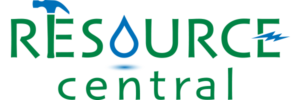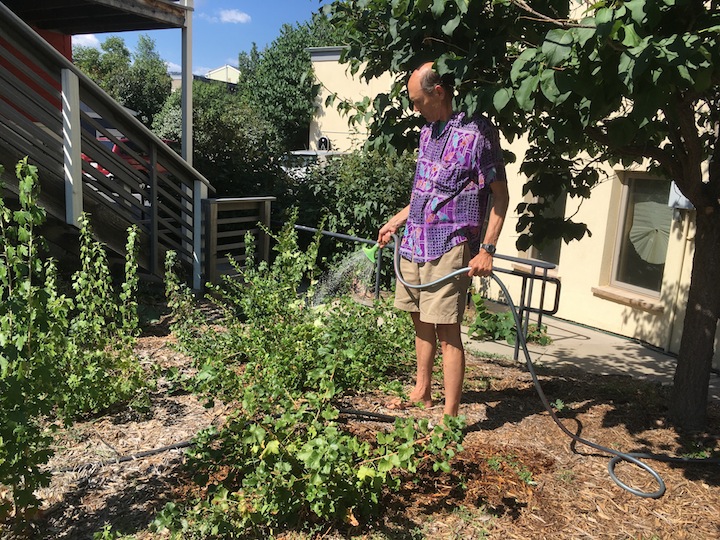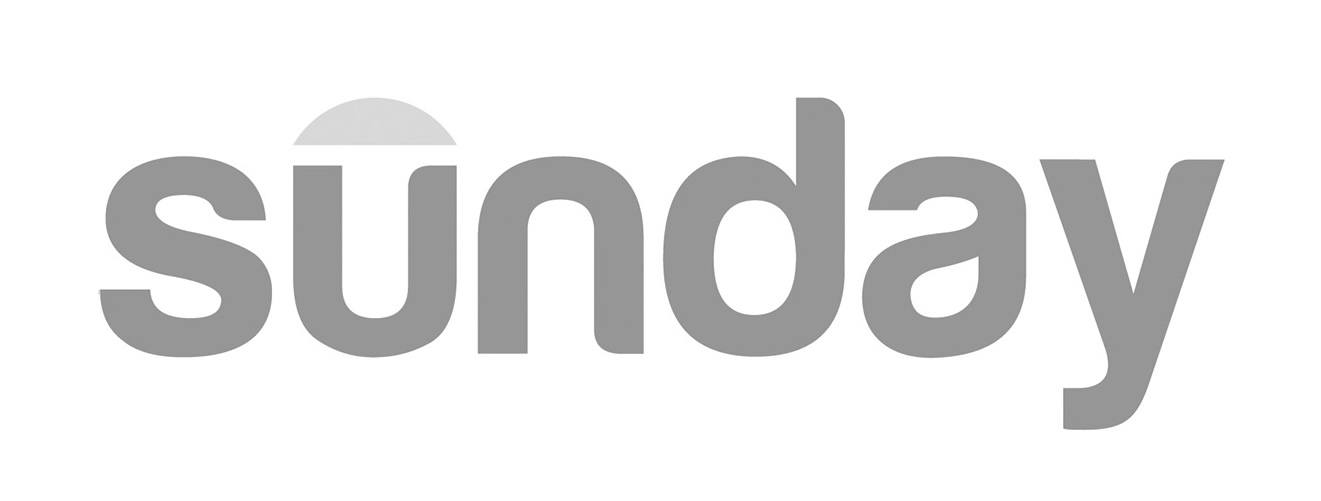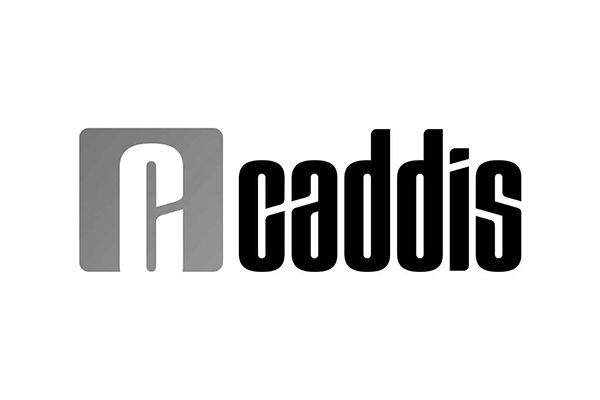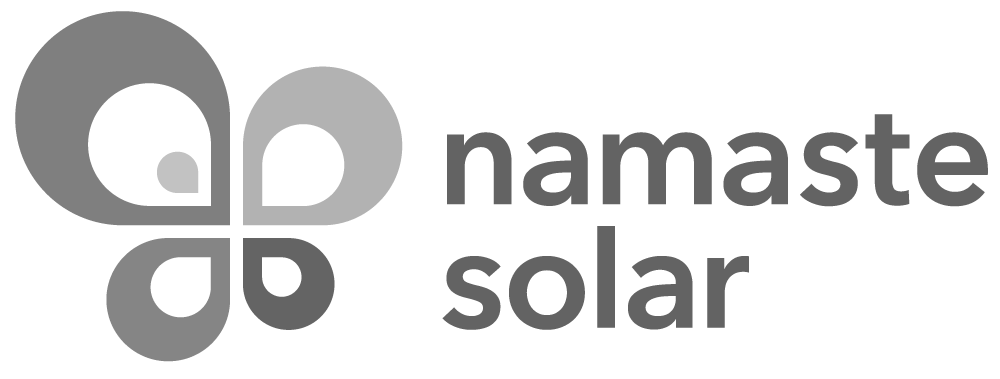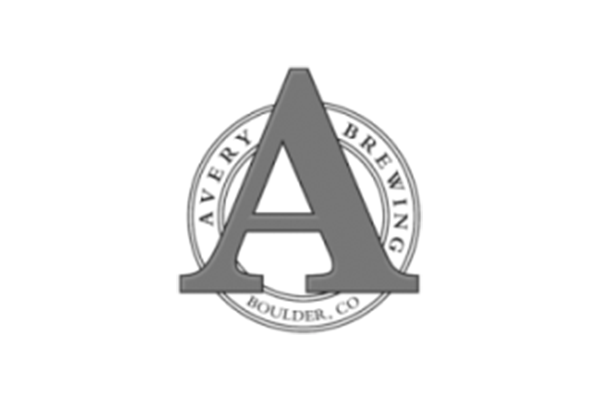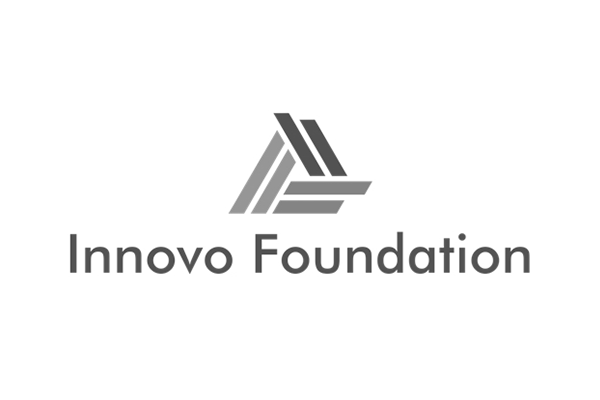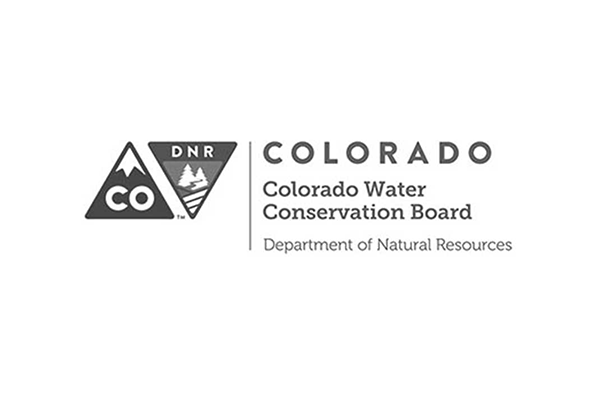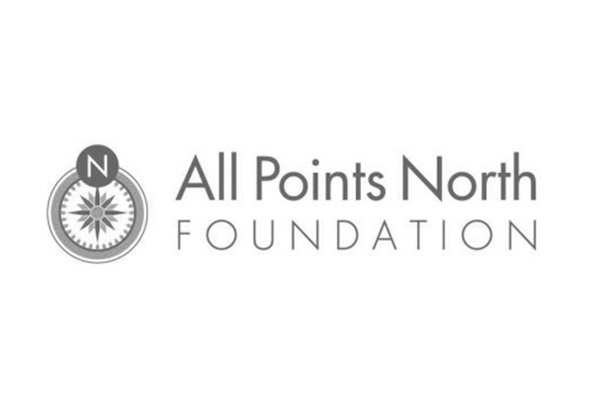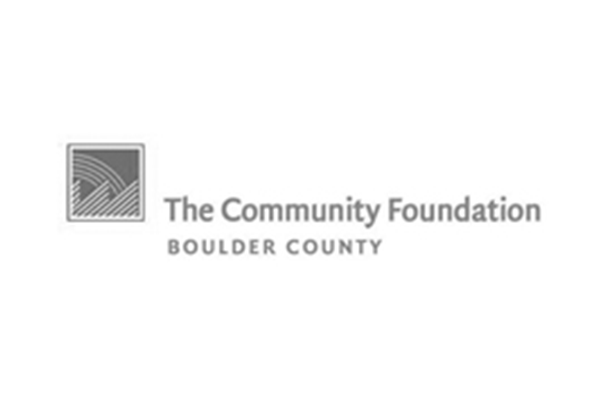Randy Compton of Boulder watering drought-tolerant currant bushes at Wild Sage Co-housing
WATER: KEY TO COLORADO’S FUTURE
It’s been said that water is the second-most important natural resource for human existence, behind only air, but Colorado’s got plenty of air even if it might not always seem like it in the high country. That’s not the case with water, which is a finite resource in our semi-arid state. We need it for hydration, agriculture, recreation, plant and animal species survival, business, cleanliness, and the clincher – beer – yet trends show that we’re in some danger of water supply not keeping up with future demand without practicing serious conservation.
This is not meant as a call for alarm, but do consider it a call to action. Colorado state and local governments, universities, for-profit and nonprofit businesses, and any number of organizations have water-saving plans and programs in place, but let’s take one thing to heart as individuals.
It’s up to all of us – that includes you and me – when it comes to what we actually do.
We’re the people who decide whether we install water-efficient fixtures, how we water outdoors, what we plant, or how much we waste by leaving water running when it’s not needed. Simple individual acts, multiplied by the 5.68 million people living in Colorado, can add up to billions of gallons every year in water savings if we do the right things.
Resource Central leads water conservation programs for more than 30 water utilities and local governments in Colorado. Last year the Boulder-based nonprofit offered water-saving programs that helped Colorado families save more than 226 million gallons of water.
“Colorado has a limited supply of water and a growing population, so something has to give,” said Neal Lurie, President of Resource Central. “But with conservation, collaboration, and smart changes to landscaping, Colorado families can H2Own It – to take action to use water wisely and not waste it.”
Resource Central’s H2Own It initiative is helping families find impactful ways to save water. But once again, we as humans decide when to open or close the spigots and faucets, and the following sections will show some of the top reasons why water conservation is so critical to Colorado’s future.
POPULATION GROWTH: IT’S HERE WITH MOMENTUM
Colorado is a growing state, and here are some basic stats to show the trend:
- In 1960, Colorado had about 1.75 million people.
- Our population doubled to about 3.5 million by 1992.
- In 2018, estimates say we’re at about 5.68 million.
And you’ll be hard-pressed to find anyone who doesn’t think growth won’t continue into the future. According to projections from the Colorado Water Plan (CWP), the state’s population will likely balloon to between 8.3 and 9.2 million people by the year 2050. That’s basically more than five times the 1960 population, with no corresponding increases we can count on in the amount of precipitation.
According to the Colorado State University Extension, water supply planners estimate that a typical household needs “0.4-0.5 acre feet of water per year (approximately 150,000 gallons) to satisfy the demands of a home and landscape.” Of course, not every household will use this much, such as apartment-dwellers in dense urban settings who don’t have their own yards or gardens. Still, simple math suggests a million new households (roughly three million new Coloradans at three people per household) could demand 150 BILLION gallons of water yearly unless we update our water use norms and standards.
WATER SUPPLY: DON’T EXPECT A BAILOUT (OR BAIL-IN?)
We already face challenges with water supply, and projections for the future don’t promise us any favors. Colorado receives an average of just 17 inches of precipitation per year, according to the CWP’s although it varies from about seven inches per year in the San Luis Valley to 60 inches per year at Wolf Creek Pass. Unfortunately, 2018 has been a serious drought year for many regions, particularly for southern and southwestern Colorado, so it’s important to know we can’t even always count on average precipitation.
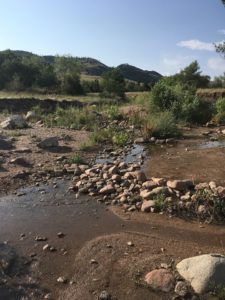 Four Mile Creek, pictured here, had water flowing through it in spring, but was mostly dry by mid-summer.
Four Mile Creek, pictured here, had water flowing through it in spring, but was mostly dry by mid-summer.
Many towns, cities, and reservoirs depend on snowmelt from high country sources such as Arapahoe Glacier for water supplies, yet climate change threatens to make snowmelt occur earlier in the year with accelerated melting rates. For example, a 2016 EPA fact sheet says the amount of snowpack measured in April declined by 20 to 60 percent at most monitoring sites in Colorado between 1955 and 2015. On top of that, Colorado average temperatures have increased by about 2°F in the last 30 years, with projections in the CWP suggesting an additional 2.5°F to 5°F by mid-century, while hotter summer temperatures contribute to greater rates of evaporation in reservoirs.
It’s also important to consider that roughly 70-80 percent of Colorado’s water falls west of the Continental Divide, while 80-90 percent of our population currently resides east of it. This includes the South Platte Basin that many Front Range residents live in, and the CWP notes that its population may nearly double from about 3.5 million people to 6 million people by 2050. The South Platte Basin also has the greatest concentration of irrigated agricultural lands in Colorado. Since not all Front Range cities can get enough water from local sources, about 500,000 acre-feet of water are diverted from west of the Divide to east of the Divide annually.
But without the hassle of crunching numbers, Coloradans can simply see the situation for themselves. Just visit a small Colorado stream in the late summer or early fall, and you’ll almost certainly see low flows if not dry stretches unless there have been heavy recent rains. And since the turn of the century, we’ve had a history of major wildfires that we now refer to by one name – Hayman, Waldo Canyon, High Park, Fourmile Canyon, along with this year’s Spring Creek and Lake Christine fires. The fires not only generally require water to extinguish – the runoff from fire-charred sections can foul local water sources with sediment and debris.
To keep it simple – Colorado normally doesn’t get a great deal of precipitation, temperatures are rising, the population is growing, and it’s growing in places that may need water from other parts of the state. It’s conservation time!
SOLUTIONS: WHAT CAN I DO?
Despite trends and projections that we need to take seriously, millions of people working together on water conservation can make a real difference. Colorado governments have long been aware of our realities, including at the state level where the 570-page Colorado Water Plan came out in 2015, and state legislators deliberate on water-related bills every year. Many local governments have water management programs, including the cities of Denver, Boulder, Longmont, and others. Colorado institutions of higher education are working to conserve water on their campuses while they educate students and staff, including at the University of Colorado and the Colorado Water Institute through Colorado State University.
And while this piece has focused on residential statistics and individual actions, it’s not to deny that agriculture uses about 85-90 percent of Colorado’s consumed water. This is not news to Colorado farmers, ranchers, and water planners, and those interested in agricultural water conservation can find information through sites such as CSU’s Agricultural Water Conservation Clearinghouse or other sources.
While this article provides links to some great educational resources, individuals don’t have to be water experts to begin taking effective action today. Here are a few tips to help you get started:
- Toilets: If your toilet is more than 15 years old then it is time to swap it out. Upgrading to a high-efficiency 0.8 gallons per flush toilet can save you up to 300,000 gallons of water over the life of that toilet. Resource Central recommends the Niagara Stealth toilet as a smart way to go.
- Showers: Older conventional showerheads might spray out 3-8 gallons per minute, while newer models cut that down to 1.5 – 2.5 gallons per minute without sacrificing effectiveness. Switching to a low-flow showerhead can easily save thousands of gallons of heated water per household, which helps drive down costs on monthly utility bills. You can also save water by limiting time in the shower, but why not do both?
- Outdoor Watering: Water in the evening or early morning to waste less water to evaporation. If you use sprinklers, adjust them to water only vegetation, not streets and sidewalks and consider a free Slow the Flow sprinkler assessment to make sure you’re watering efficiently. Hand-water or use drip lines in gardens so you’re watering only the intended plants. Mulch around garden plants, again to minimize waste due to evaporation.
- Fix Those Leaks: It doesn’t seem like much per drip, but the CSU Extension estimates one leaky faucet alone can waste roughly 200-400 gallons per month, depending on the drip rate, with leaky toilets up to 600 gallons per month. It all adds up!
- Appliances: Water-efficient appliances offer big saving, and newer appliances such as clothes washing machines and dishwashers can easily cut water use in half or more. For example, In the 1990s, typical clothes washers used more than 40 gallons of water to do a load of laundry, but newer machines might use only 10-15 gallons per load.
- Don’t Let It Run: It’s not necessary to run a faucet continuously during activities such as brushing teeth, rinsing dishes, or others. Turning the water off when it’s not needed will save significant amounts of water.
For one final statistic – about 50 percent of Colorado residential water is used outdoors. We’ll provide another piece in the weeks to come with more detail on how to conserve when it comes to landscaping and lawns, but for now, let’s not waste this life-quenching, limited-supply resource.
By Richard Valenty
